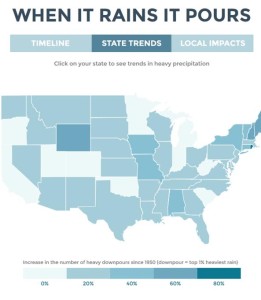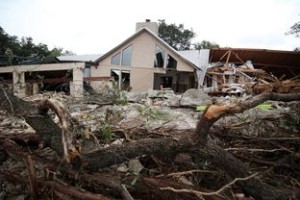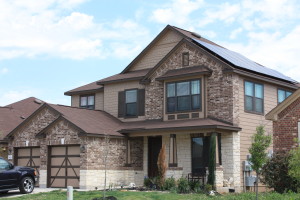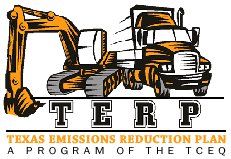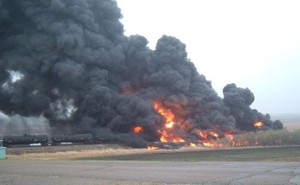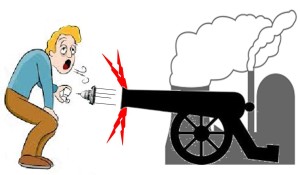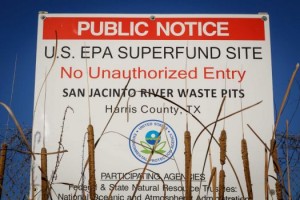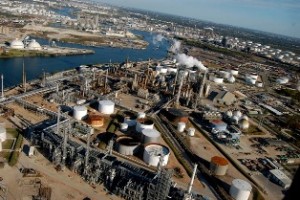The Consumer Financial Protection Bureau Can End Wall Street’s Practice of Stripping Customers’ Right to Go to Court
More than 78,000 consumers are calling on the Consumer Financial Protection Bureau (CFPB) to take swift action to ban forced arbitration clauses in terms attached to financial services and products in a petition delivered to the bureau today. The CFPB is empowered by the Dodd-Frank Wall Street Reform and Consumer Protection Act of 2010 to ban or limit this anti-consumer device in products under its jurisdiction.
Forced arbitration clauses, tucked in the non-negotiable terms of consumer financial products, prevent consumers who have been harmed or ripped off from holding their bank, credit card issuer or other unscrupulous lenders accountable in court. Instead, financial institutions force them to plead their case to a private arbitration provider that is named by the banks before a dispute arises. The result is that consumers cannot practically or fairly resolve disputes with powerful institutions or seek remedies for harm caused by their wrongful conduct.
In March, the CFPB released a 728-page data-based report detailing results of its comprehensive study of financial institutions’ use of forced arbitration. This report shows that forced arbitration clauses hinder cheated consumers from obtaining any relief when corporations break state and federal consumer protection laws.
“These petitions send a loud and clear message: It’s time to end the insidious practice of forced arbitration,” said Nan Aron, president of Alliance for Justice. “The CFPB has the power to give consumers a fair shot at justice against banks and other large financial institutions that often stack the deck against them. It should do so without delay.”
“Forced arbitration functions as a license to steal, making it impossible for customers to hold banks and lenders accountable when they break the law,” said Lisa Donner, executive director of Americans for Financial Reform. “With 78,000 signatures and counting, these petitions demonstrate that consumers can spot a rigged game. They’re counting on the CFPB to take action.”
“Financial institutions pull the rug from under consumers already cheated by predatory lending by also denying them proper legal redress,” said Christine Hines, consumer and civil justice counsel with Public Citizen’s Congress Watch division. “The CFPB has all the evidence it needs to remove forced arbitration from the fine print of financial products and services.”
“Consumers across the country are outraged that corporations and Wall Street banks have granted themselves a license to steal and evade the law using forced arbitration and are looking to the CFPB to stop it,” said Ellen Taverna, legislative director of National Association of Consumer Advocates. “The CFPB must act quickly to prohibit abusive forced arbitration clauses in all consumer financial products under its jurisdiction and restore consumers’ rights to protect themselves.”
“These petitions highlight that this problem isn’t just an abstract legal issue ‒ forced arbitration harms individual consumers by preventing them from protecting themselves against corporations from large banks to smaller payday lenders and credit repair companies,” said David H. Seligman, staff attorney of National Consumer Law Center. “Forced arbitration is a real problem affecting real people, and the CFPB should act quickly to eradicate it.”
“For far too long, forced arbitration has stacked the deck against consumers who have been cheated or harassed by Wall Street,” said Lisa Blue, president of American Association for Justice. “This petition should send a clear message that the American people demand to have their rights restored to hold even the most powerful financial institutions accountable when they break the law.”
Petition: We, the undersigned, call on the Consumer Financial Protection Bureau to prohibit forced arbitration in the terms of service of all consumer financial products and services under its jurisdiction. Stand up for consumers and restore our right to hold banks accountable when they break the law.

